1,8-Naphthalic anhydride
Synonym(s):Naphtho[1,8,8a-c,d]pyran-1,3-dione
- CAS NO.:81-84-5
- Empirical Formula: C12H6O3
- Molecular Weight: 198.17
- MDL number: MFCD00006925
- EINECS: 201-380-2
- SAFETY DATA SHEET (SDS)
- Update Date: 2025-01-27 09:38:02
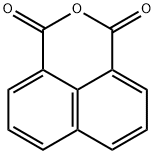
What is 1,8-Naphthalic anhydride?
Chemical properties
BEIGE TO LIGHT BROWN POWDER
The Uses of 1,8-Naphthalic anhydride
1,8-Naphthalic anhydride is used as a seed protectant and to prepare dyestuffs and optical brighteners. It is used in the preparation of napthalimide analogues, which finds application as anticancer agents. Further, it is used as fluorescent brightening agent for polymeric materials.
The Uses of 1,8-Naphthalic anhydride
Dyestuffs, organic synthesis in general.
What are the applications of Application
1,8-Naphthalic anhydride is a biochemical used in the synthesis of napthalimide analogues
Definition
ChEBI: Naphthalic anhydride is a cyclic dicarboxylic anhydride.
Purification Methods
Extract it with cold aqueous Na2CO3 to remove free acid, then crystallise from acetic anhydride. [Beilstein 17 III/IV 6392, 17/11 V 492.]
Properties of 1,8-Naphthalic anhydride
| Melting point: | 269 °C |
| Boiling point: | 295.48°C (rough estimate) |
| Density | 1.2571 (rough estimate) |
| vapor pressure | 0Pa at 25℃ |
| refractive index | 1.5550 (estimate) |
| Flash point: | 272 °C |
| storage temp. | Store below +30°C. |
| solubility | Chloroform (Slightly, Heated), DMSO |
| form | Powder |
| color | Beige to light brown |
| Water Solubility | decomposes |
| Sensitive | Moisture Sensitive |
| BRN | 153190 |
| CAS DataBase Reference | 81-84-5(CAS DataBase Reference) |
| NIST Chemistry Reference | 1,8-Naphthalic anhydride(81-84-5) |
| EPA Substance Registry System | 1,8-Naphthalic anhydride (81-84-5) |
Safety information for 1,8-Naphthalic anhydride
| Signal word | Warning |
| Pictogram(s) |
 Exclamation Mark Irritant GHS07 |
| GHS Hazard Statements |
H315:Skin corrosion/irritation H319:Serious eye damage/eye irritation H335:Specific target organ toxicity, single exposure;Respiratory tract irritation |
| Precautionary Statement Codes |
P261:Avoid breathing dust/fume/gas/mist/vapours/spray. P264:Wash hands thoroughly after handling. P264:Wash skin thouroughly after handling. P271:Use only outdoors or in a well-ventilated area. P280:Wear protective gloves/protective clothing/eye protection/face protection. P302+P352:IF ON SKIN: wash with plenty of soap and water. P305+P351+P338:IF IN EYES: Rinse cautiously with water for several minutes. Remove contact lenses, if present and easy to do. Continuerinsing. |
Computed Descriptors for 1,8-Naphthalic anhydride
New Products
3-(hexyloxy)-4-(pyridin-3-yl)-1,2,5-thiadiazole 3-Pyridineacetonitrile, α-hydroxy- 2-Propanamine, 1-chloro-, hydrochloride (9CI) 3-Iodophenylacetic acid Cyclohexane, (2-propynyloxy)- (S)-1-Boc-3-methanesulfonyloxy-pyrrolidine Pivalic anhydride,98% Phenylmethanesulfonyl fluoride, 98% Glyoxylic acid solution, 50% in water tert-Butyl glycinate,97% 4-Ethoxybenzoic acid, 99% Sodium 1-octanesulfonate monohydrate 7-Ethyl Tryptophol 2-AMINO-3,5-DIBROMO BENZALDEHYDE [ADBA] L-Glutamic Acid Dimethyl Ester Hcl N, N-Carbonyldiimidazole (CDI) 5-Cyanophthalide 10-Methoxy-5H-dibenz[b,f]azepine 3-Methoxybenzonitrile Dibenzoyl Peroxide 4-Methoxybenzonitrile Titanium Dioxide Chloral PentachlorobenzonitrileRelated products of tetrahydrofuran
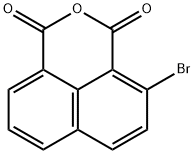
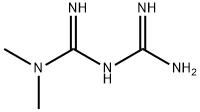






You may like
-
 1,8-Naphthalic Anhydride CAS 81-84-5View Details
1,8-Naphthalic Anhydride CAS 81-84-5View Details
81-84-5 -
 1,8-Naphthalic anhydride, 98% CAS 81-84-5View Details
1,8-Naphthalic anhydride, 98% CAS 81-84-5View Details
81-84-5 -
 1,8-Naphthalic anhydride CAS 81-84-5View Details
1,8-Naphthalic anhydride CAS 81-84-5View Details
81-84-5 -
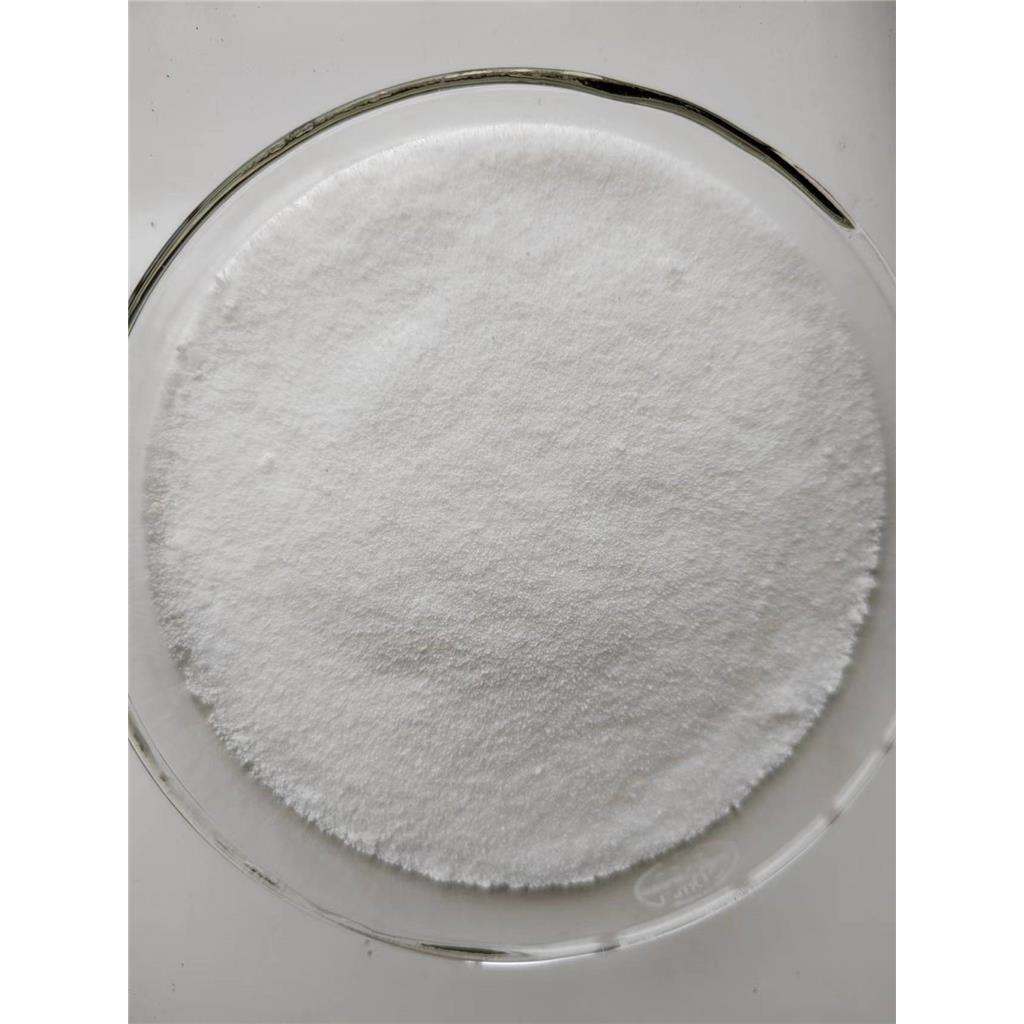 Avibactam sodium seriesView Details
Avibactam sodium seriesView Details
1192651-49-2 -
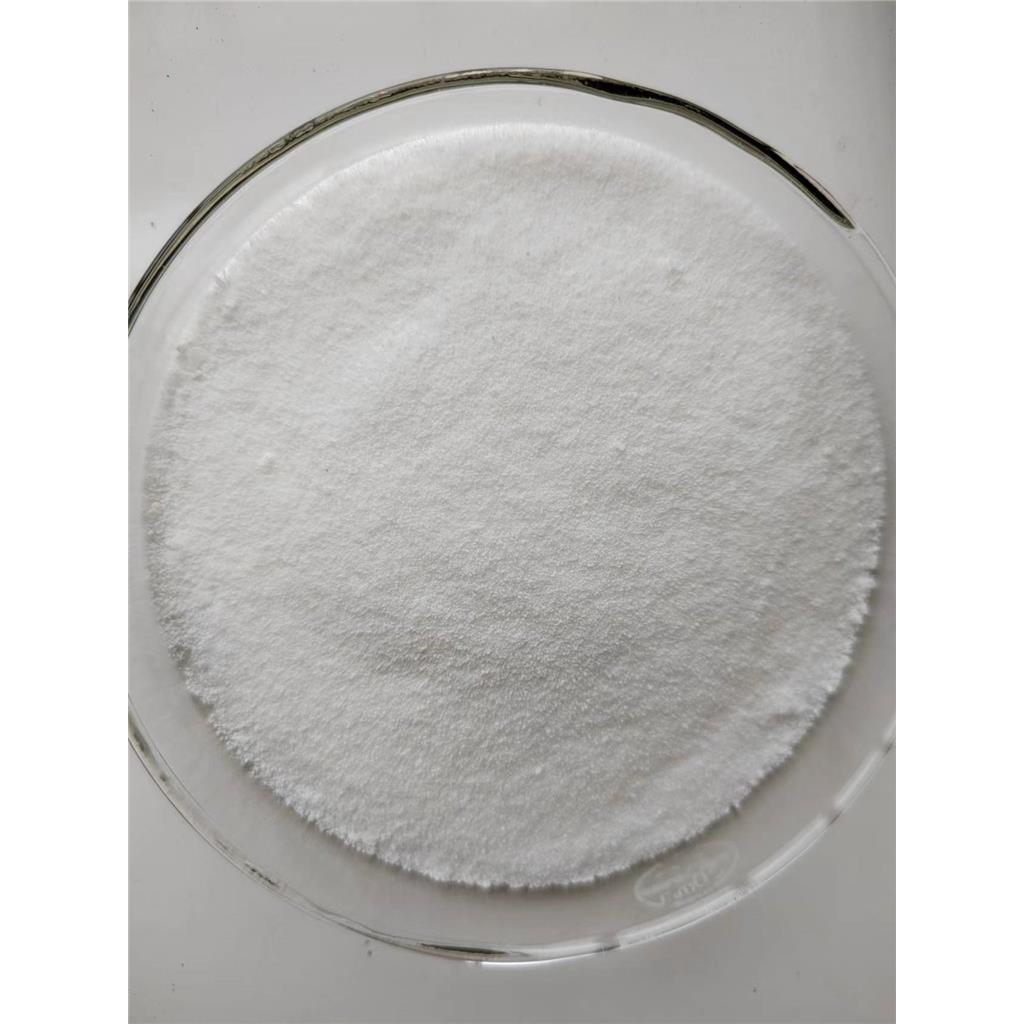 Avibactam seriesView Details
Avibactam seriesView Details
1192651-80-1 -
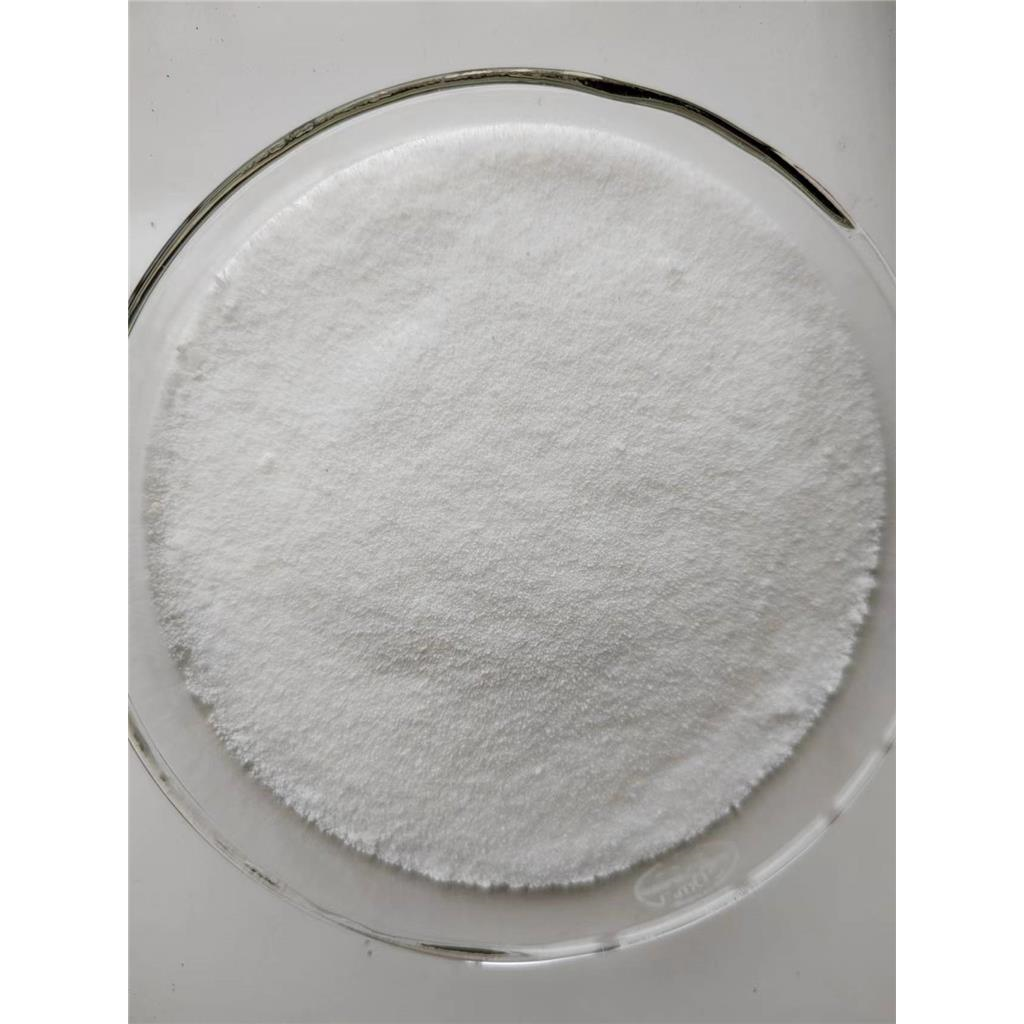 Avibactam Sodium SaltView Details
Avibactam Sodium SaltView Details
1192491-61-4 -
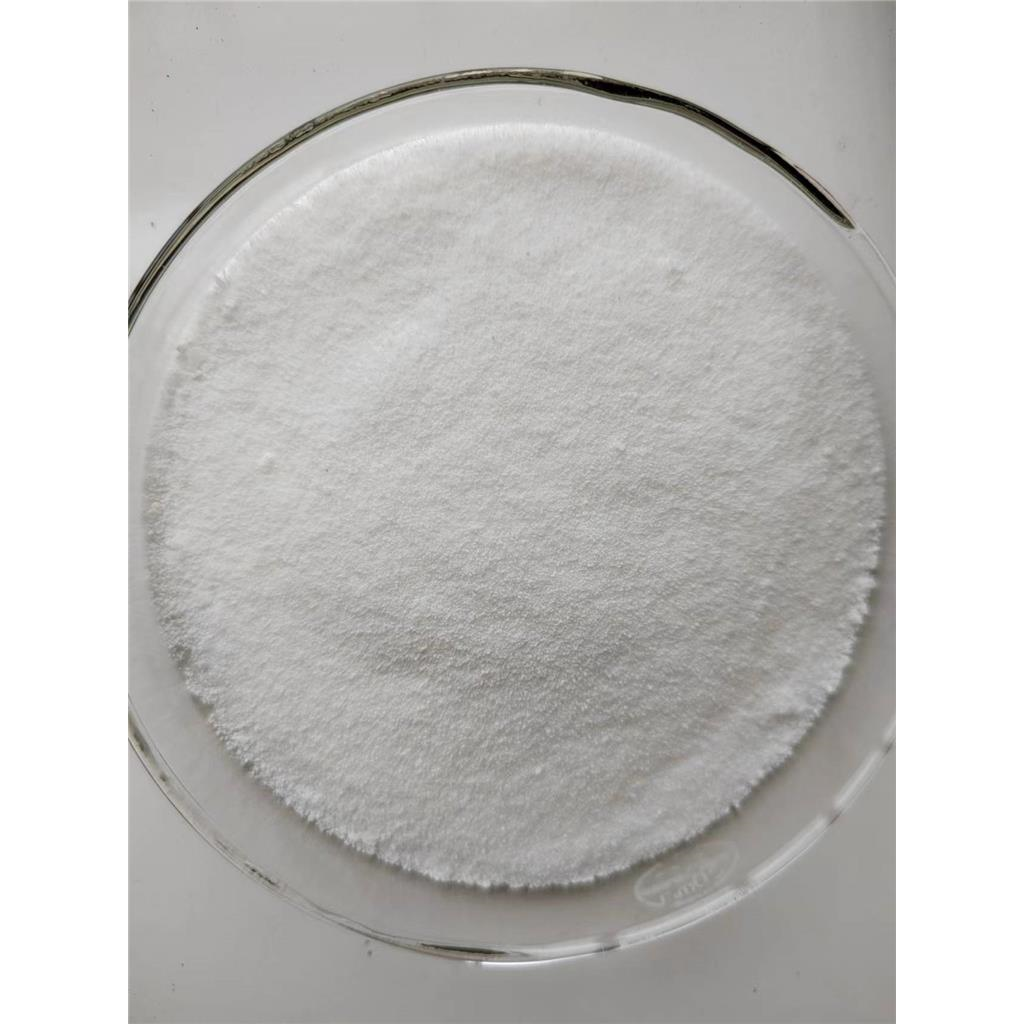 Avibactam intermediateView Details
Avibactam intermediateView Details
1171080-45-7 -
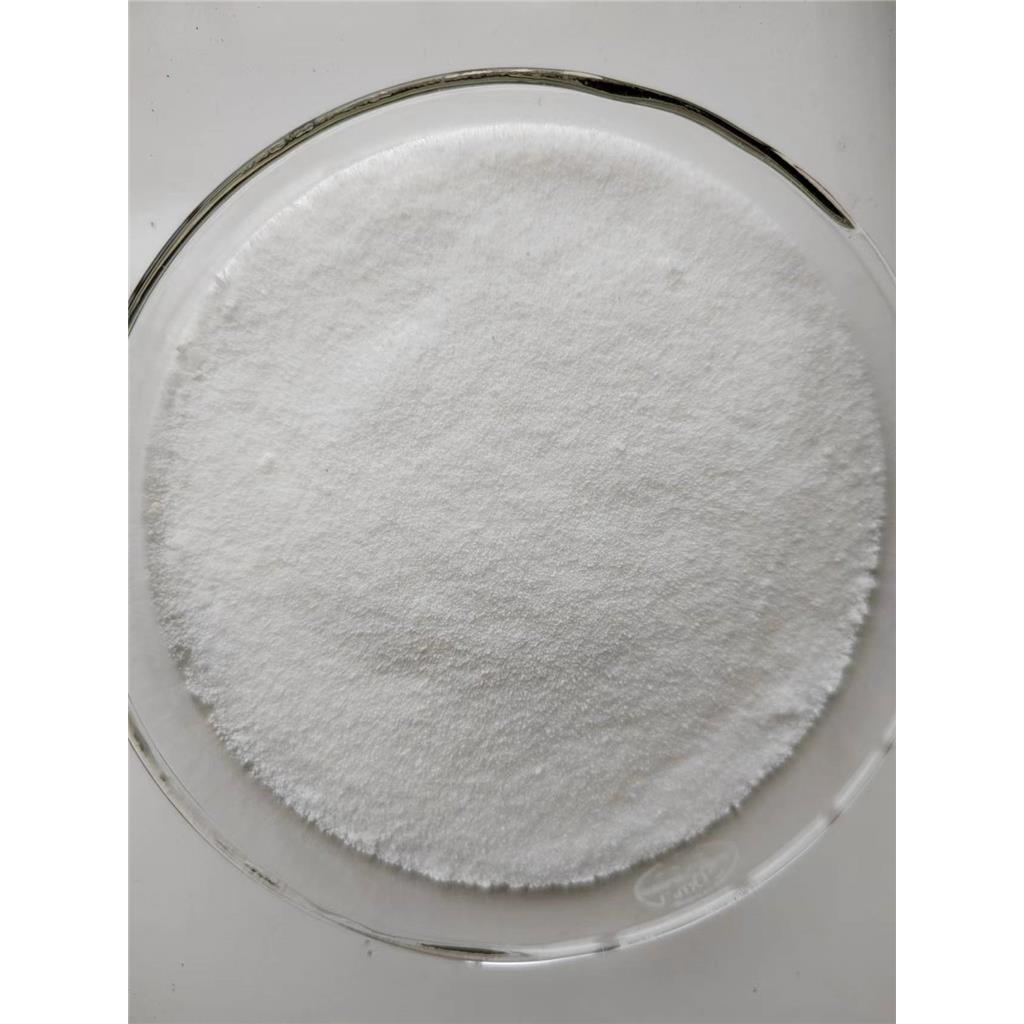 Relibatan intermediateView Details
Relibatan intermediateView Details
1416134-63-8
Statement: All products displayed on this website are only used for non medical purposes such as industrial applications or scientific research, and cannot be used for clinical diagnosis or treatment of humans or animals. They are not medicinal or edible.
